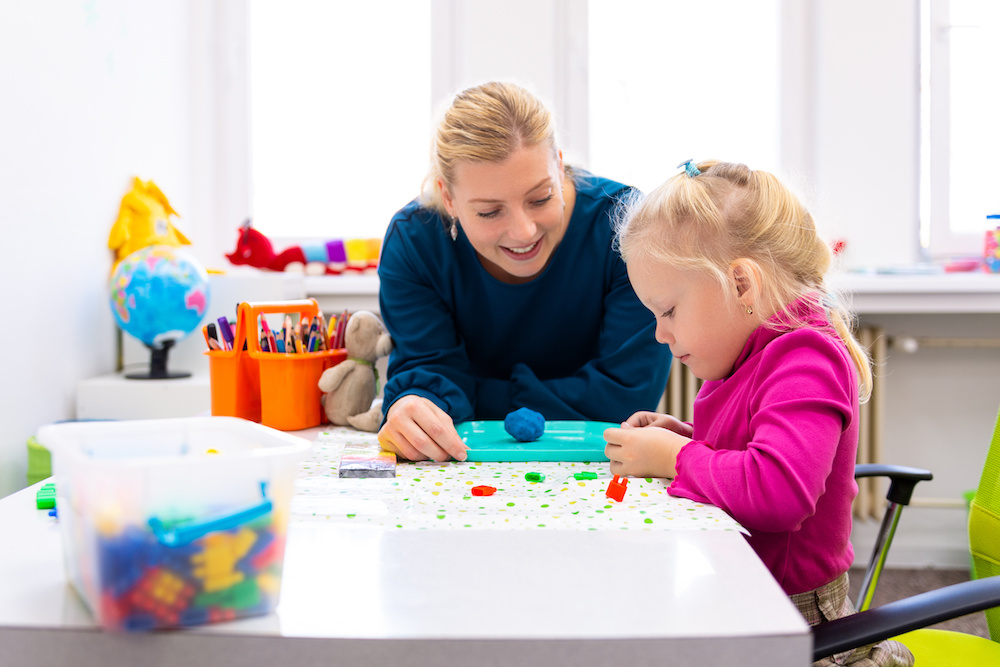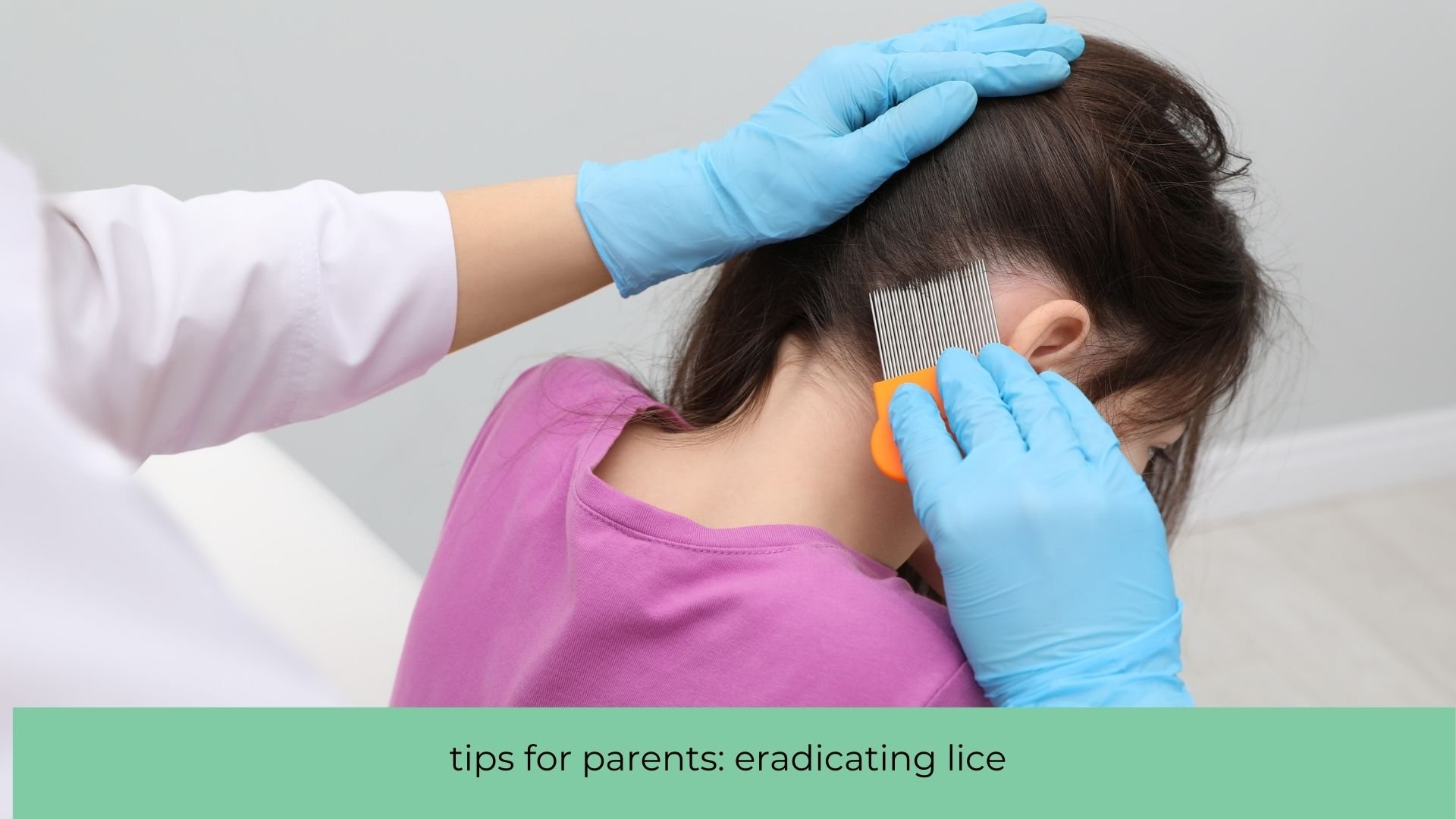Q: We have a child with an autism diagnosis at 2 1/2 years old. Where do we start? What models of therapy/intervention do you recommend?
A: The good news is that your child’s diagnosis is early. Many children with autism aren’t diagnosed until after age 3. Research shows that the sooner you know, the more effective your interventions can be.
But where to begin? If your pediatrician hasn’t yet prescribed therapies or referred you to specialists, I’d recommend reaching back out to him or her, or connecting with one of Minnesota’s centers dedicated to the evaluation, assessment and therapies for families living with autism. They’re experts, and they’ll help you chart the path forward, coordinating care from all kinds of partners, including developmental pediatricians, speech pathologists, physical therapists, mental health providers and more.
Help is also available through your school district, even well before kindergarten, in the form of toddler interventions and preschool special education services. Before age 3, care is often provided in the home setting, and parents are a vital, active part of the process. Visit your district’s website to get started.
Even with all the support available, the journey may still feel overwhelming. It might help, in these early days, to narrow your focus and zero in on the most essential therapies for your child right now. For a toddler, that likely means occupational and speech therapy.
Occupational therapists help with a wide range of topics including motor skill development, social interaction, potty training and sleep training. Speech therapy is an essential intervention for just about every autistic child — and adults, for that matter — and has a profound impact on not just language development but also social and behavioral development.
While these therapies are often the heart and soul of early interventions, they can be delivered in many different ways, based on the perspectives of the providers. It’s important that your child’s therapists are a good match for your family. I encourage you to spend as much time as possible with them, and don’t be shy in asking for references.
I’ll also put in a plug for your pediatrician. Because autism is such a complex condition that presents so differently from one child to the next, your pediatrician can be one of your strongest allies. We have the advantage of firsthand experience with your family and, ideally, we have ongoing communication with you (the expert on the patient!). We’re here to help parents navigate these journeys and to advocate for their children, no matter what health conditions they face. Count on us to be there for you.
Dr. Gigi Chawla is a board-certified pediatrician and the chief of general pediatrics at Children’s Minnesota.





















